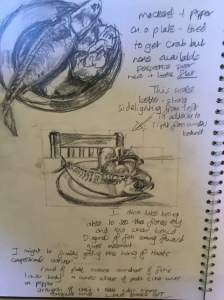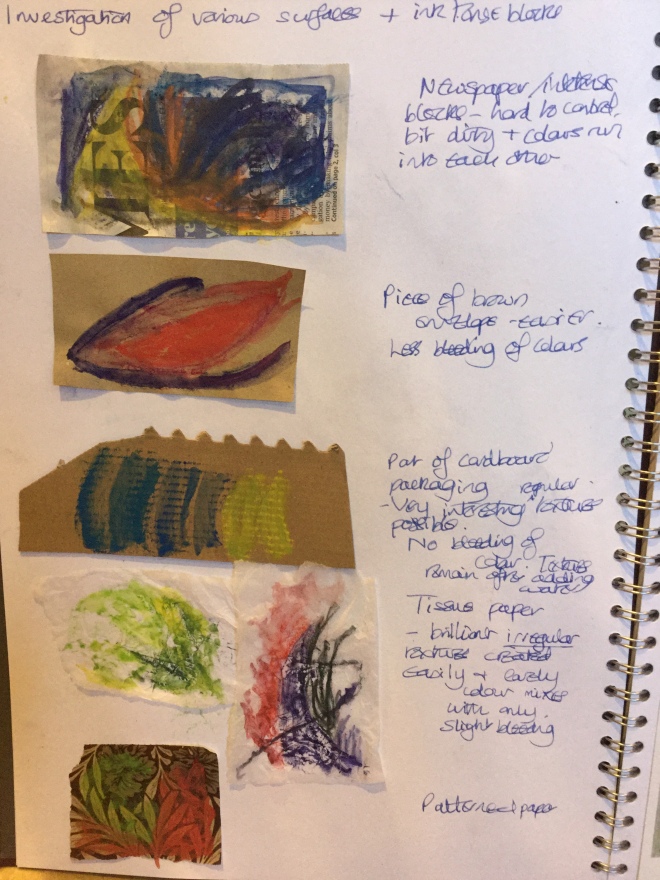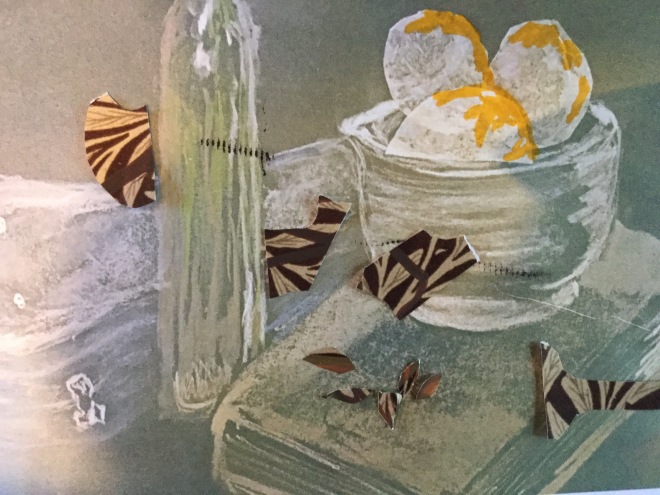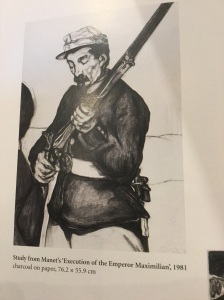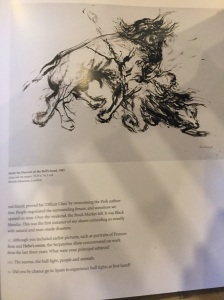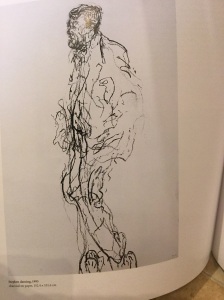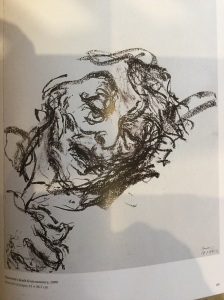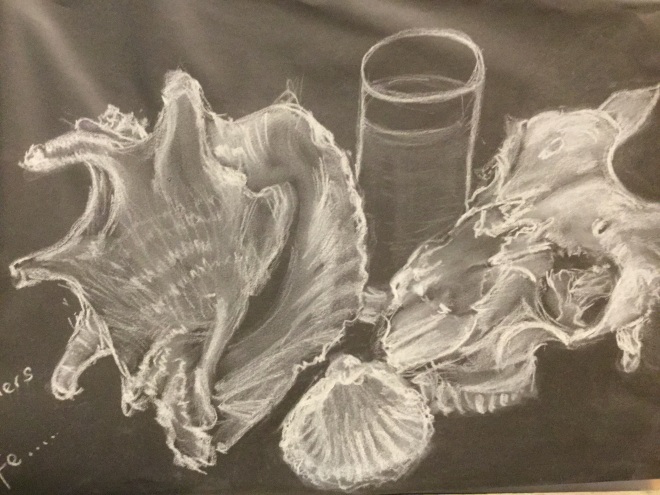This was the first OCA study visit I had attended. It was to the Tate in Liverpool to see the Matisse exhibition, the constellations and an “Imagined Museum”. Our tutor was Mark Clough.
There was so much to the day, and so much I could write about, but I need to focus in on real highlights and learning.
I will begin with Matisse.
Matisse

This was one of the first paintings I viewed. I like its intimacy and simplicity. This is still life where one can imagine the artist at work quite literally painting a snapshot of the simple surroundings in front of him….a still life. The colours are mostly simple, browns and greys, but the diagonals on the stool; the crossing batons on the right wall all lead the eye up to the jug of flowers and the fruit-the one splash of colour. The beams of light coming in from the windows on the left illuminate the same objects. It is clear this is an artists studio from the easel, the painting and the sculpture. There is a still life within a still life!
This was said to be Matisse’s most characteristic work of that year, and was carried out at a time when he was attending both life drawing and sculpture classes, and wanting to demonstrate his skill (Tate 2016).

We studied the “inattentive reader” with our tutor, in order to explore the composition and wider learning of how to look at a painting. As a first step he suggested always describing to ourselves what we see:
The colours- high colours here; lots of pinks.
Patternistic composition-no perpective; flat surfaces
Radical figure-very distorted, with almost no legs
Chair arm-organic
REPETITION PLUS CONTRASTS IN COMPOSITION
eg. repetitions of colours, lines, shapes
Contrasts such as busy and quiet areas; patterns/plain
Interesting negative spaces.
The four bronze backs were the part of the exhibition that had most impact for me. These four sculptures, of a woman’s back were progressively reworked over about twenty years by Matisse. Back 11 was only discovered after his death, and all four were cast in bronze posthumously.
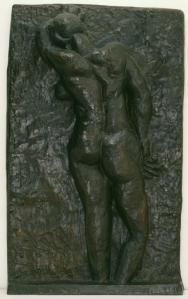
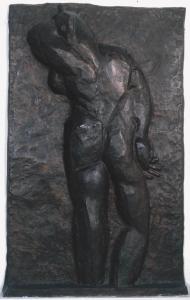

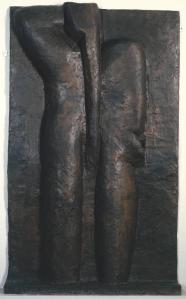
What really struck me over these was the progressive deconstruction of form. The curved spine gradually disappears, becoming a rod like structure with dislocated hips by Back 3 and by back 4 the breast, hips and buttocks have completely disappeared into an androgynous, stylised totemic form reminiscent of some primitive art forms.
“Creativity is subtraction-choose what to leave out” (Kleon A 2012)
Intuitive versus analytical drawing
This stimulated a discussion and everyone found the balance challenging. The tutor’s advice was intuitive drawing:
- Needs to NOT lose recognisable proportions
- OR use a light box; drawing over the drawing and then another page to work freely on-this helps get proportions right
- OR repeated drawings as Rodin did
- do whatever works
- Steal like an artist (Kleon 2012)

“Work from your intuition and analyse with your intellect” (White K 2011)
Constellations
This part of the collection taught a lot about connections…the chains of influences amongst and between artists over time and also in the present. Our tutor used this to begin to teach us about keeping better sketchbooks-one of my own learning needs.
He suggested getting work that has influenced us into our sketchbooks…speaking for ourselves with this…it is not necessary to “like” everything, but to help the tutor understand how we have got to where we have got.
Approaching sketchbooks:
- Look at your own work, then make the connections
- Pick out things you genuinely like-this makes it more resonant, more authentic
- Thinking….I like this….Why? I don’t like this….Why?
- Stick postcards in…I like this…What? Colours? The edges? Something else?
- Then use in your own work
- Demonstrate bigger connections (everything is connected !…..)
eg. Modigliani’s “Little Peasant” and Cezanne’s “The Gardener Vallier”
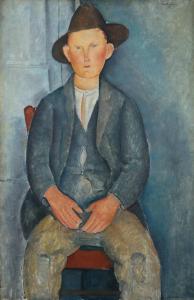
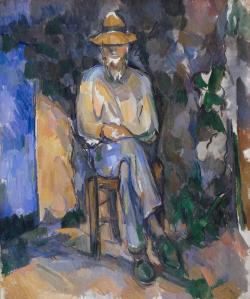
Here we were encouraged to look at the shade, tone and luminosity in each element in each painting, and to note similarities and differences. Cezanne uses colour very differently, using big brush strokes with a single tone of colour. Both use a basic colour theme of blue and orange.
Picasso Still Life
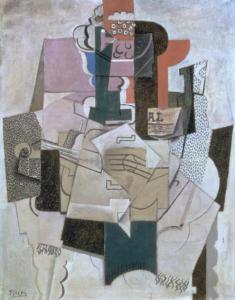
Composition: This is decorative cubist. The repetition of the curved forms helps to unify the painting; as does the repetition of the dotted patterns which provide contrast (see notes above).
Colours: The green is mirrored above from below. Colours are muted from a restricted palette (which can be very useful in unifying a painting eg 2 reds, 2 yellows, 2 blues, black and white).
These are everyday, still life themes…newspaper, the temporality of things like fruit.
I had the idea for my multimedia still life partly from this painting (see here)

Morandi Still Life
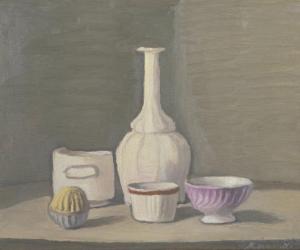
This is placed on the most simple, yet convincing of backgrounds. The composition is triangular, edges are unfinished, and it is not quite clear what the objects are sitting on. Again the colours are muted from a restricted palette. The foreground objects soft colours leap out in yellow, red and blue (although it looks lilac on the photograph.) Brushstrokes are visible.
This painting inspired one of my tonal still life exercises here.
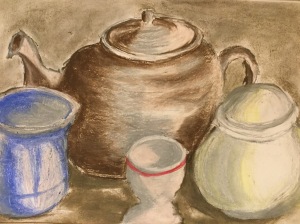
Sources:
Tate 2016 http://www.tate.org.uk/art/artworks/matisse-studio-interior-t03889/text-summary accessed 25 February 2016
Kleon A 2012 Steal Like an Artist Workman Publishing New York
White K 2011 101 things to learn in art school MIT Press Massachusettts
Rodin 2006 Exhibition Catalogue Royal Academy of Arts London
Images:
Matisse H Studio Interior c.1903-4 1869-1954 oil on canvas http://www.tate.org.uk/art/work/T03889 accessed 25 February 2016
Matisse H Back I c.1909-10, cast in bronze 1955-6 Henri Matisse 1869-1954 http://www.tate.org.uk/art/work/T00081 accessed 25 February 2016
Matisse H Back II c.1913-4, cast in bronze1955-6 Henri Matisse 1869-1954 http://www.tate.org.uk/art/work/T00114 accessed 25 February 2016
Matisse H Back III c.1916-7, cast in bronze 1955-6 Henri Matisse 1869-1954 http://www.tate.org.uk/art/work/T00160 accessed 25 February 2016
Matisse H Back IV 1930, cast in bronze1955-6 Henri Matisse 1869-1954 http://www.tate.org.uk/art/work/T00082 accessed 25 February 2016
Modigliani A The Little Peasant c.1918 oil on canvas http://www.tate.org.uk/art/work/N05269 accessed 25 February 2016
Cezanne P The Gardener Vallier c.1906 oil on canvas http://www.tate.org.uk/art/work/N04724 accessed 25 February 2016
Picasso P Bowl of Fruit, Violin and Bottle 1914 Lent by the National Gallery 1997 http://www.tate.org.uk/art/work/L01895 accessed 25 February 2016
Morandi G Still Life 1946 http://www.tate.org.uk/art/work/N05782 accessed 25 February 2016
